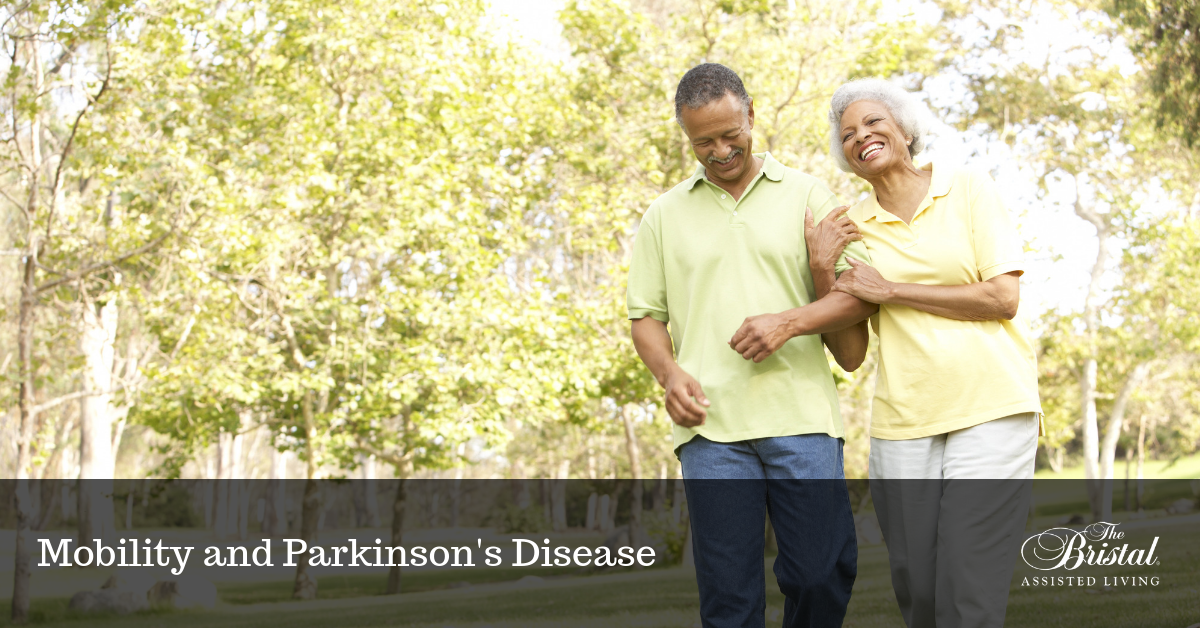Parkinson’s disease (PD) is officially classified as a movement disorder that causes problems with both controlling and initiating movement. Among the challenges someone living with PD faces is muscle rigidity, balance problems, shuffling gait, slowed movement, and an inability to control smooth muscle functions. The tremors and shaking we commonly associate with the disease are caused by this loss of control.
While there is unfortunately no cure for Parkinson’s disease, lifestyle changes, medication and adaptive equipment can help manage the symptoms.
Exercise is Critical to Managing Parkinson’s
Getting regular exercise is a vital component to maintaining balance, mobility and daily living activities. Experts believe a healthy lifestyle can help manage the symptoms created by PD and possibly slow the progression of the disease.
There are four factors to keep in mind when discussing exercise with someone who has early Parkinson’s:
1. Be consistent. Encourage them to make exercise a part of their daily routine.
2. Exercise with intensity. Researchers believe the more people with Parkinson’s exercise, the greater the benefits will be as the disease advances.
3. Increase the heart rate. While studies have focused on biking and running, any intense exercise will help.
4. Warm up. Prevent injuries and always take time to warm up before and cool down after exercising.
Improving Mobility in People with Parkinson’s
From practical tips to adaptive aids, here are a few suggestions that may be helpful:
• Walk heel-to-toe. As Parkinson’s progresses, people living with PD find their natural stride length becomes shortened. It leads to a shuffling style of walking that puts them at higher risk for tripping and falling. One way to manage this challenge may be to consciously focus on walking heel-to-toe while trying to take bigger steps.
• Focus on yourself. A person with PD may experience gait freezing - the inability to take a step. It is most common when walking through doorways, in small or cluttered areas, or at the beginning of a turn. It can exacerbate when anxious, excited or hurried. Try to remain calm and still when this happens. The focus should be on stopping the freeze — and once this is achieved, safely take a step.
• Make wide turns. Turning or changing direction is another challenge for people with PD and can result in falls. Physical therapists recommend avoiding quick or sharp turns. Instead, opt for a wide arc turn performed slowly.
• Step over the line. Try a laser device that attaches to a belt, walker or cane and sends a beam of red light for the person with PD to follow. This visual cue re-routes the signals in the brain. Instead of trying to rely on the damaged area of the brain to signal the body to move, the person follows the visual cue provided by the laser.
• Consult a physician. There are a variety of medications designed to replace the body’s lost dopamine and others to help manage individual symptoms. The Parkinson’s Disease Foundation provides an overview of the FDA-approved prescription medications, how they work, and the potential side effects. Do the research and then speak to your doctor.
Finally, consult an occupational therapist and physical therapist. These two groups of professionals can assist in creating an exercise program that works around physical challenges, finding adaptive aids to help with daily living tasks, and recommending mobility equipment to reduce frustration and potential falls.



